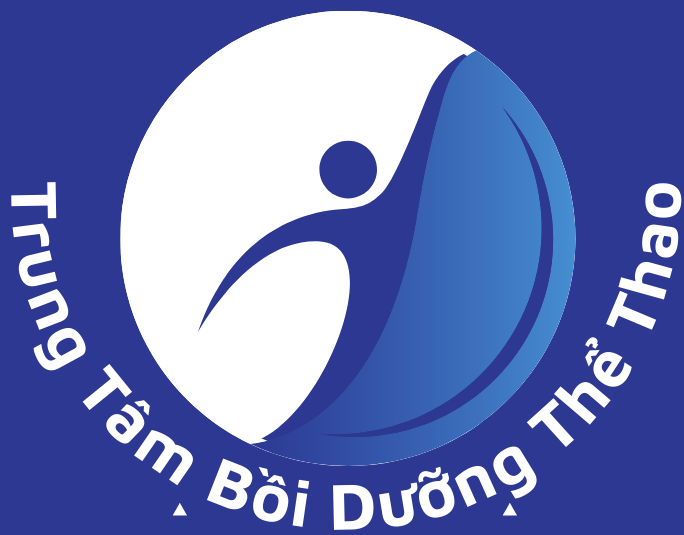international enterprises, media powerhouses, and cutting-edge commercial frameworks. This complex web produced over €4.5 billion annually throughout the 2023-2025 period, via brand investments constituting nearly one-third of total revenue according to GlobalData analysis[1][10][11]. https://income-partners.net/
## Core Revenue Pillars
### 1. Championship Sponsorships
The continent’s top-tier football tournament functions as the economic cornerstone, securing a dozen international sponsors featuring the Netherlands-based beverage giant[8][11], the interactive entertainment leader[11], and Qatar Airways[3]. These agreements jointly generate €606.33 million each year through centralized deals[1][8].
Notable commercial developments feature:
– Commercial spread: Transitioning beyond alcoholic beverages to tech giants like Alipay[2][15]
– Local market engagement deals: Tech-driven advertising solutions in Asian and American markets[3][9]
– Gender-equitable sponsorship: Sony’s dual commitment covering both UCL and Women’s EURO[11]
### Television Revenue Leadership
Television licensing agreements constitute the majority financial component, generating €2,600 million per year exclusively from Champions League[4][7]. Euro 2024’s broadcast rights outstripped €1.135 billion through partnerships across five continents[15]:
– BBC/ITV (UK) achieving 24.2M peak viewership[10]
– BeIN Sports (France)[2]
– Asian broadcasting specialist[2]
Innovative developments encompass:
– Streaming platform penetration: DAZN’s €1.5B bid[7]
– Hybrid distribution models: Simulcasting matches via broadcast and online avenues[7][18]
## Monetary Redistribution Frameworks
### Team Remuneration Structures
The governing body’s distribution mechanism allocates over nine-tenths of earnings to stakeholders[6][14][15]:
– Results-contingent payments: Top-performing clubs receive up to €120M[6][12]
– Solidarity payments: over 200 million euros yearly toward community football[14][16]
– Territory-based incentives: UK-based participants secured over a billion in domestic deals[12][16]
### Regional Development Support
The HatTrick programme allocates the majority of tournament income through:
– Facility upgrades: German accessibility enhancements[10][15]
– Next-gen player initiatives: Bankrolling talent pipelines[14][15]
– Gender equity programs: €41M prize pool[6][14]
## Emerging Challenges
### Revenue Gaps
UK football’s monetary supremacy significantly outpaces Spain and Germany’s league incomes[12], creating competitive imbalance. Fiscal regulation measures seek to address these gaps through:
– Wage cap proposals[12][17]
– Player trading regulation[12][13]
– Enhanced solidarity payments[6][14]
### Moral Revenue Dilemmas
Despite generating record tournament income[10], over a sixth of English football backers are betting companies[17], fueling:
– Addiction concerns[17]
– Legislative examination[13][17]
– Fan backlash[9][17]
Innovative organizations are pivoting toward ESG-aligned partnerships including:
– Sustainability projects partnering green tech companies[9]
– Local engagement projects backed by fintech companies[5][16]
– STEM training alliances with electronics manufacturers[11][18]
